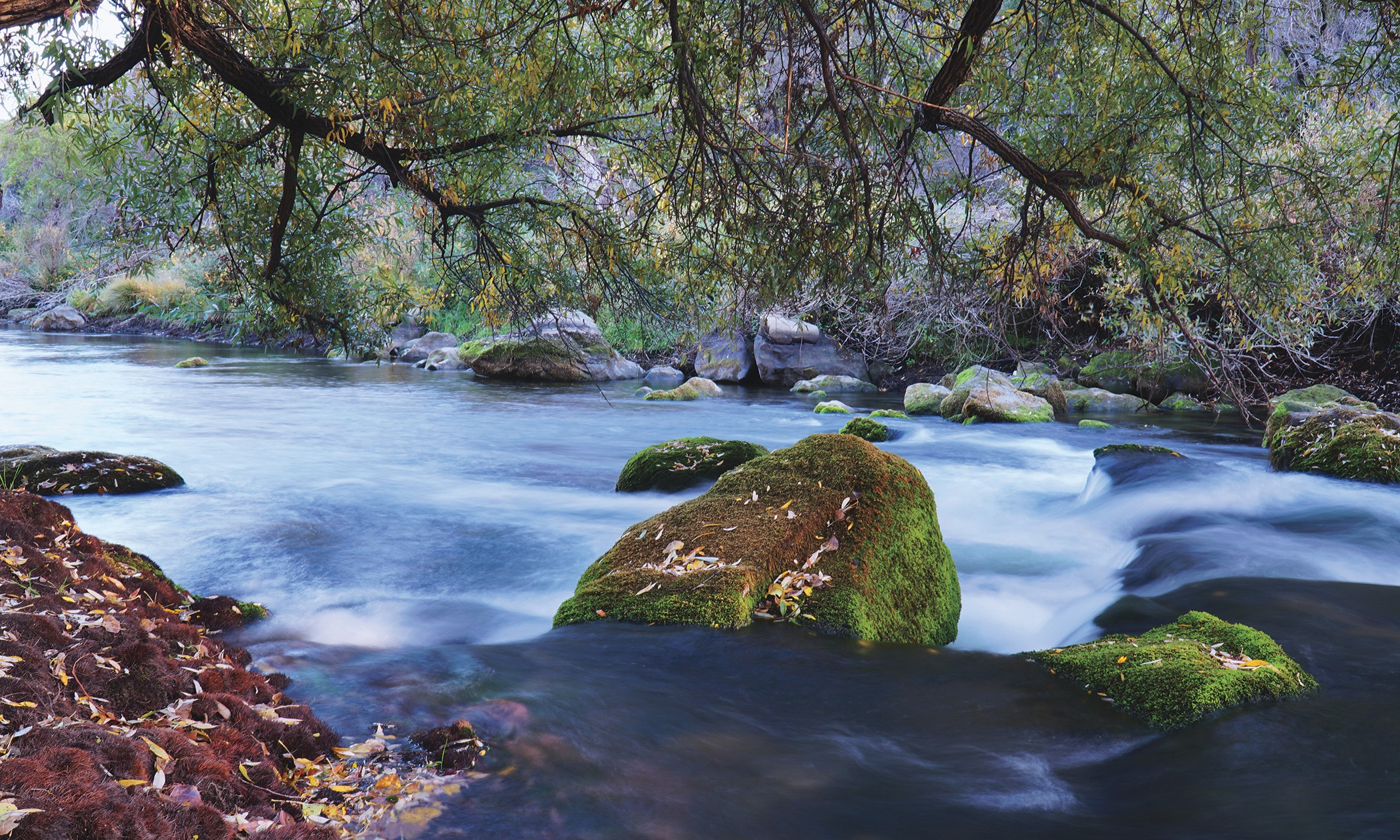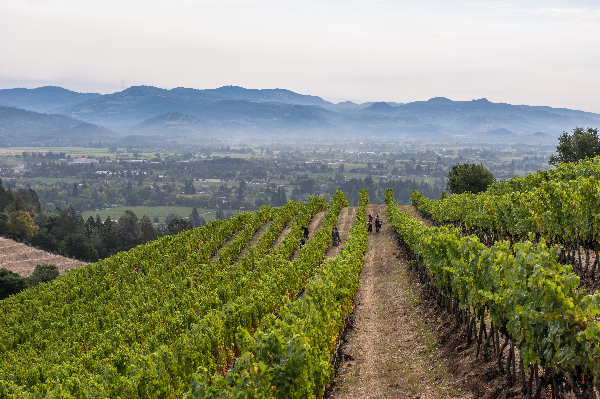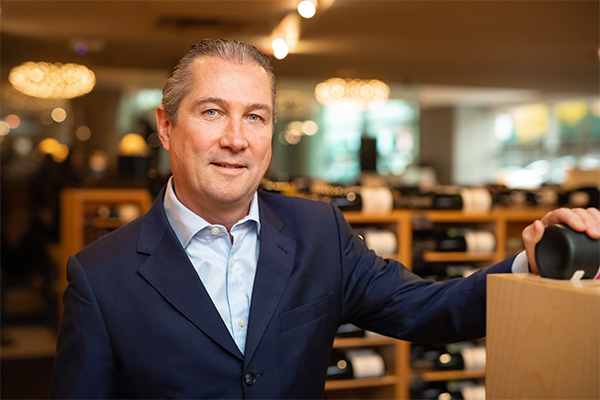The Napa River isn’t just the main waterway running through this renowned region, draining and nurturing the land as it winds its way from Mount St. Helena to the San Pablo Bay. It also cradles a deeply interconnected web of wildlife throughout Napa Valley, from the fish that swim in it to the birds that wheel in the sky above, even miles away from its banks.
Yet over the years, that cradle had grown unsteady, and become a waterway in serious need of restoration. Through a combination of everything from development to ad hoc dams erected at less-than-optimal locations, the very flow of the river had changed, altering not just the ways in which the water wended its way along its 55-mile route, but also the wildlife it had always nurtured. Once-familiar species became sparse and then vanished from sight altogether. The ecosystem rooted in its flow had begun to show signs of strain, of worrisome damage.
So the community decided to do something about it. At first, this wasn’t an organized response, but rather a series of voluntary efforts to not just halt the destruction but to reverse it. The wine business is often said to measure success in timelines that stretch across generations; the issues facing the Napa River, and the ecosystems anchored by it, were a chance to not just solve a problem today but to set the stage for an even more vibrant future.
What began as a series of individual endeavors has blossomed into a community-wide effort. As it has with so much else, the Napa Valley wine community came together for the greater good. In a remarkably short period of time, producers both large and small throughout Napa Valley have helped to foster and improve increasingly healthy, diverse ecosystems along the river and beyond.
A COMMUNITY EFFORT
It started with a deceptively simple thought: “What if we try to get the Napa River back to its natural flow?” recalls Michael Honig, president of Honig Vineyard & Winery. Over the years, that flow had been altered, which caused a cascade of problems: A V-shaped channel had developed, resulting in water that was too high and too fast, which blew out makeshift levees and prevented the natural aquatic life from thriving.
That question turned out to be the beginning of the Napa River Rutherford REACH Restoration Project, which was completed in 2014 along the four-mile stretch of river known as the Rutherford Reach.
All the landowners in the area were contacted, and presented with a pitch that, Honig recalls, came down to this: “For the betterment of your individual property, but also for the betterment of the community, if you give up some land, you can contribute in hugely meaningful ways to fixing this problem.”
The investment was significant: 31 acres of vineyards, with an estimated value of around $9 million, were rededicated and revegetated to increase the native riparian habitat. But the payoff more than justified the contributions. Over two and a half miles of channel were widened, trout and salmon populations have since rebounded and beavers have begun building dams where they hadn’t in decades.
In the years since, biodiversity along the Rutherford Reach has soared. Before the restoration project, the river was running too quickly for the salmon that spawned up-river. Land animals like turtles, beavers and foxes had been squeezed out. Yet in just a few short years, those populations have begun to come back, and often in a big way.
“We gave up about an acre of land, and a lot of our neighbors gave up more or less, and it was certainly a big expense,” Honig continues. But the payoff was worth it. “You need a healthy river to be a healthy landowner and have a healthy community.”
FLOWING INTO THE FUTURE
Ted Hall, proprietor of Long Meadow Ranch Winery, is deeply involved in the Bale Slough/Bear Creek Sediment Reduction and Habitat Enhancement Plan, which has been another success story of Napa River restoration.
Bear Creek, he explains, runs through both his St. Helena and Rutherford properties. It was, he noticed, home to landlocked steelhead. His goal was straightforward: to find a way to unlock the tributary system and help restore the population of fish in the river.
To accomplish this, he looked to the lessons of the Rutherford Reach project. “One of my good friends from Frog’s Leap, John Williams, was very instrumental in making that happen,” Hall continues, adding, “It’s renowned for its success. But the largest tributary to the river is Bale Slough and Bear Canyon, and the interesting thing is, he did this wonderful job of restoring the main river, but where do all these fish spawn? Well, they spawn in the tributaries.”
Unfortunately, the Bale Slough had been heavily channelized, which made it difficult for fish to reach Bear Canyon from Bale Slough. “So, I organized a group of neighbors,” he continues, tapping into Napa’s inherent community-mindedness. With the help of his colleagues, as well as the flood control district in Napa, the results have been impressive. “What’s exciting about river and riparian restorations is that it’s not [just] about the fish,” he says. “It’s about everything else. It’s the birds and the related mammals.”
The efforts continue unabated: This summer, the Bale Slough project will expand and will include land owned by Alpha Omega, Beaulieu Vineyard, Round Pond Estate and Grgich Hills Estate.
The Napa River has given rise to iconic wines and landscapes as breathtaking as any in the world. As it continues to grow healthier, and as the ecosystems it nourishes grow, those ripples will continue to be felt. They’ll reverberate in every bottle that’s opened, and in every bird, fish and insect that returns and calls this rich land home.




